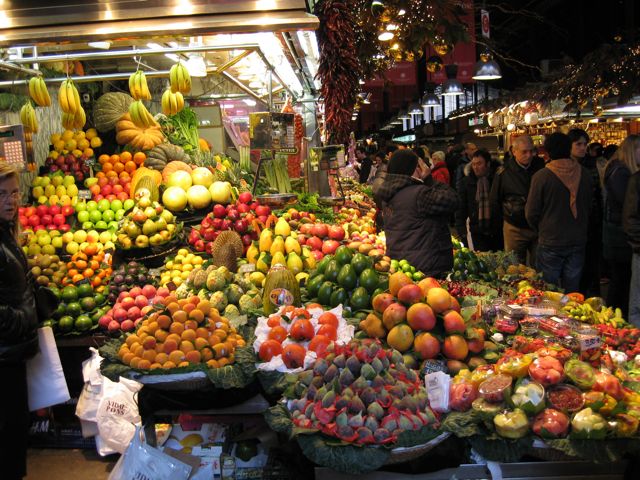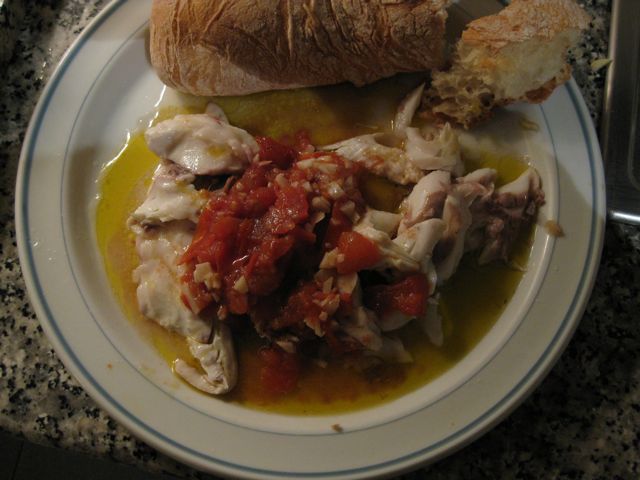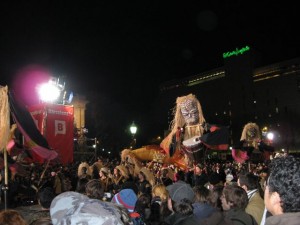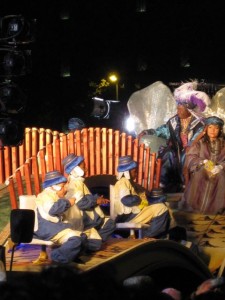She’d earn her place on this earth for her contributions to the history and culture of medieval Spain alone, but Cynthia Robinson is also an author of compelling and engaging contemporary literary fiction. I read the first few chapters of this in draft, and I am really glad to see it has been published. So check out Tatiana’s Wedding if you are looking for a good read. Lovely cover too:

PILGRIMAGE — Some news and a description
As I wrote last October, my first novel, Pilgrimage, is going to be published by Cuidono Press, a new small press based in Brooklyn (I think those of you who enjoy the Middle Ages might be interested in its first released book, A Place of Light, on the origins of the Abbey of Fontevraud.) I am delighted to let you all know that my novel will be released this June.
And I think it is finally time for me to let you know what it is about. People who write talk about “conference pitches,” “elevator pitches,” etc. This is my current “dust-jacket pitch”:
For the rest of twelfth-century Europe, Spain was a far-off and exotic place, rich in silks, ivory, and gold, full of Muslims and Jews, and raging with battles between rival kings and kingdoms. It was also home to the mystical Christian holy site of Compostela at the western edge of the known world, shrine of Saint James. The saint’s tomb drew a perpetual wave of pilgrims, coming for adventure, seeking a miracle from the saint, or performing penance to expiate an old sin.
PILGRIMAGE is the story of one of those pilgrims. Gebirga of Flanders, the blind, dispossessed daughter of martyred Saint Godleva. She flees her callous family with a pack of pilgrims that includes a count’s daughter, bound for marriage, and a mysterious messenger with an unknown agenda, all bound for Compostela. The journey takes Gebirga from her home on the edge of the North Sea across the kingdoms of France and into the Iberian Peninsula, where she is caught up the swirling winds of political change, from restless, power-hungry kings and queens, to the Roman Pope. Beneath all the birthing of nations, churches, and ideas, PILGRIMAGE is a story of a young woman struggling with her station in life and trying to find her place in the world.
And speaking of dust-jackets, we are still working on the cover, but in the meantime, I want to point you in two directions. The first is to look up at the image in the header of this blog, shot by me in Spain at a place where one of the major scenes in the novel takes place. I discussed this place in my very first blog post, The Image in my Header. Next, look down. This is a painting I bought at the Hyde Park Art Fair several years ago because it reminded me of Gebirga’s journey from Flanders to Spain. I like to think those are the Pyrenees in the distance.

TBR Pile

I never posted my stack of books from this year’s used book sale, so by way of compensation, here is a photo of the damage I have done as of my second day in Madrid. All come from Marcial Pons, except the bottom one on Velazquez, which is the catalogue for the special exhibit I saw at the Prado yesterday.
NaNoWriMo Recap
Well, I didn’t “win,” in the sense that I didn’t write 50,000 words. I was doing very well, getting about 2,000 words a day, and was ahead of schedule but then, as I knew I would be, I was derailed by a visit from my mother, Thanksgiving, and, above all, a deadline on an article that was due on November 30th. But I did get 35,677 words, and I am thrilled with that.
So what did I learn? I learned that I can write academic prose and fiction in the same month, though not at the same time. It doesn’t matter if I have “free time” to write the other in while I am writing the first. If my headspace is occupied with one project, it can’t divide itself in two for another.
I have a good seven chapters begun on the new novel, and I feel like it is solid stuff. Many of the things I learned were things relearned from previous NaNos. Writing 2 000 words per day does not mean you have to sacrifice quality. It does mean your story will live in your head 24-7 and will generate connections and developments seemingly without your involvement. That is always fun. Characters will grow before your eyes.
I think I do my best writing under this regime. I think 2,000/day is too much for me to sustain for longer than a month, every day with no break. But I know that when i get in a rhythm of writing, say 1,000 a day, the work stays fresh.
I already can’t wait for next year.
Souvenir of Girona
Barcelona Sunset
Mercat de la Boqueria
I’ve promised a lot of people a food post and I’m sorry it has been delayed, but here it is now. I’m a passionate food tourist — I can even spend an hour or so happily in a perfectly ordinary foreign supermarket — and one of my great griefs on earlier trips to Spain has been that I haven’t had anywhere to cook the wonderful food I see. Well, this time around, I have a tiny kitchen and one of the best markets in Barcelona across the street from me so I am making up for lost time. Check it out:
Can you believe that wonderful fish and shellfish? One of the things that fascinates me is how all the vendors seem to follow rules about what they can sell. Poultry sellers sell game, but not other meat. Fresh pork sellers sell charcuterie (embotits) but not beef. Beef and lamb can be sold together. And offal is all sold at the same few shops.
Here are some raw materials about to be cooked by me:
These are tiny lamb chops and some “pimientos de padron.” These peppers are blistered briefly in oil, salted and eaten. I’d read about them many times, but never eaten them before.
This is a dish I made from a fish and some tomatoes I bought. The fish was a “dorada,” a farmed fish, very cheap, and it was sold like all fish are in this market, not only whole but ungutted. The guts will make a fish spoil faster, so their presene is a sign of freshness. Thank goodness, the nice fish ladies with the big knives will gut and scale them for you.
Els Reis Mags
Every year, on January 5th, the Three Wise Kings arrive in the port of Barcelona from the Netherlands on their ship, the Santa Eulalia. They then process through the city of Barcelona in a great cavalcade, with all their friends, throwing candy to the children — some fifteen tons of it.
 And Gaspar, accompanied by my favourite Bollywood soundtrack album.
And Gaspar, accompanied by my favourite Bollywood soundtrack album.
 …And one of Hannibal’s elephants, last but not least…
…And one of Hannibal’s elephants, last but not least…
 He’s followed by a few camels.
He’s followed by a few camels.
(Okay, the part about the Netherlands was a joke.)
Happy Epiphany!
Santiago Matamoros
 Santiago — Saint James — can be found in several different guises. There’s James at the Transfiguration; my favourite, James as a medieval pilgrim; and this version I found in Barcelona on what was probably a church belonging to the military Order of Santiago, Santiago Matamoros, Saint James the Moor-slayer.
Santiago — Saint James — can be found in several different guises. There’s James at the Transfiguration; my favourite, James as a medieval pilgrim; and this version I found in Barcelona on what was probably a church belonging to the military Order of Santiago, Santiago Matamoros, Saint James the Moor-slayer.
James as a bloodthirsty slayer of Muslims, very medieval and crusade-y, no? Well, no, or at least, not as much as you might expect. While the ideas behind this image come from the time when Christians and Musims fought for contro of the peninsula, most of the actual images showing James on a horse, trampling a beleaguered Moor actually date from a time after 1492, the date when the Muslims lost control of Granada, their final stronghold in the peninsula. This one is dated 1580.
I guess it is easier to imagine yourself as a valiant slayer of infidels once they have already been soundly vanquished.
Barcelona
 So here I am, in Barcelona for most of the rest of the month. Why yes, that is a palm tree in the background. So what was the temperature in Chicago today? Oh. Sorry. (hee hee hee)
So here I am, in Barcelona for most of the rest of the month. Why yes, that is a palm tree in the background. So what was the temperature in Chicago today? Oh. Sorry. (hee hee hee)
To be honest, it isn’t all that warm here, and it is kind of grey and cloudy, which is why I haven’t taken more photos. Typical European winter. And actually I like the cold. (No, honestly, I do. Really.) But it is warm enough to go without a hat or gloves, or to sit outside in a cafe with a coat on, so I am content.
More, soon.











